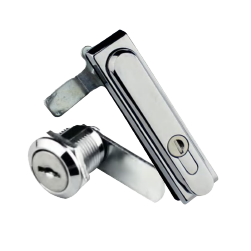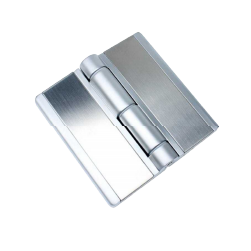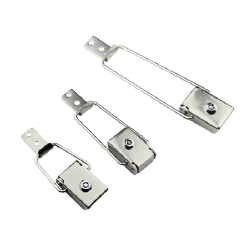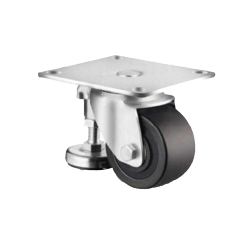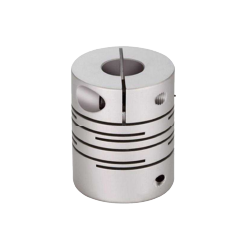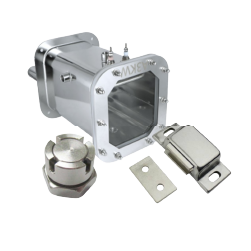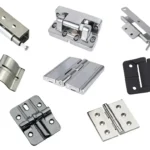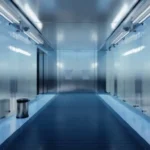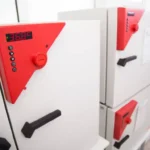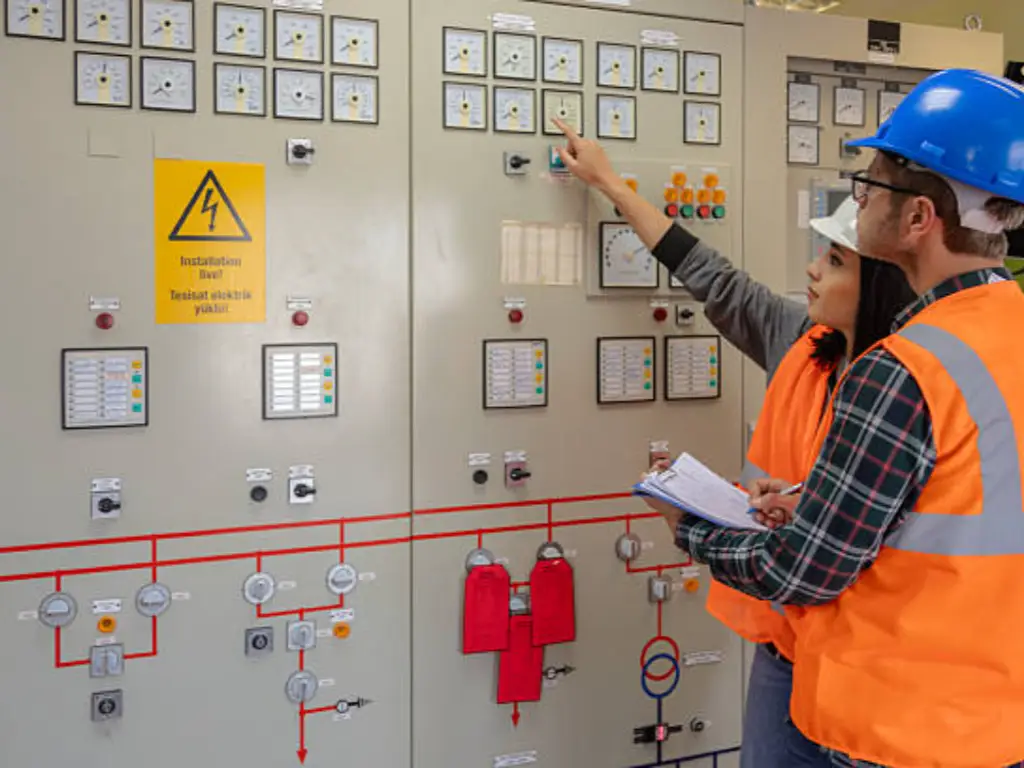
Precision is the most important in the field of industrial design and electrical engineering. The safety of personnel and the operational integrity of sensitive electrical equipment are determined by careful planning and the choice of suitable protective components. The electrical enclosure is the core element of this ecosystem, the significance of which is frequently underestimated but whose malfunction can cause disastrous downtime and serious safety risks.
These enclosures are specified by a strict set of standards called NEMA ratings. This system is not an academic exercise but a basic requirement of anyone who is concerned with the design, procurement, or management of systems that contain critical electrical components. This is a straightforward, detailed overview of the NEMA rating system, a clear understanding of how to select it, and the critical details that make the NEMA-rated enclosure truly resilient.
What Are NEMA Enclosure Ratings & Why it Matter?
A NEMA rating is a standard created by the National Electrical Manufacturers Association (NEMA), a North American organization that establishes standards on a broad variety of electrical products. The main aim of the NEMA standards on enclosures is to offer a uniform, dependable approach to categorizing the level of protection an enclosure provides against different environmental factors.
These standards are much more than mere guidelines. They are an essential instrument of safety and reliability. A properly defined NEMA enclosure will prevent personnel access to live parts and hazardous parts. It also protects the internal electrical parts against external contaminants at the same time. Short circuiting, degradation of components, and failure of the entire system may be caused by the ingress of solid objects, airborne dust, water, or corrosive fluids.
Why does this matter? In a factory environment, an equipment breakdown is directly proportional to production loss, financial loss, and possible safety hazards. Windblown dust and moisture are always a threat on construction sites, in cement plants, or in manufacturing facilities. A failure of an enclosure to offer the required degree of protection is not a component failure; it is a systemic weakness. As such, the correct interpretation of NEMA enclosure ratings is the initial line of defense in ensuring continuity of operations and protecting valuable assets and human life.
A Quick Guide to Common NEMA Types
Although the NEMA rating system is comprehensive, there are a handful of fundamental types of enclosures that cover most industrial uses. The table below gives a comparative summary of the most common ratings that are specified. It is important to mention that the larger the numbers, the better the protection is not always guaranteed, but each rating is created to be used in a particular application profile.
| NEMA Rating | Protection Against Solid Objects & Dust | Protection Against Water Ingress | Key Features & Common Applications |
| Type 1 | Protects against accidental contact with enclosed equipment. Provides a degree of protection against falling dirt. | None. | Indoor use only. General-purpose applications in clean, dry environments like utility closets and control rooms. |
| Type 3R | Protects against falling dirt and windblown dust. | Protects against rain, sleet, and snow. Undamaged by the external formation of ice. | Primarily for outdoor use. Suited for wiring gutters, junction boxes, and meter cabinets. Not dust-tight. |
| Type 4 | Provides complete protection against access to hazardous parts. Protects against falling dirt, windblown dust, and airborne dust. | Protects against splashing water, hose-directed water (spraying of water). Undamaged by the external formation of ice. | For indoor or outdoor use. Common in washdown environments like food processing (without corrosives) and on ship docks. |
| Type 4X | Same dust protection as Type 4. | Same water protection as Type 4. | Provides additional corrosion resistance. Ideal for environments with corrosive agents, such as wastewater treatment plants and coastal areas. Often made of stainless steel or fiberglass. |
| Type 12 | Provides complete protection against access. Protects against circulating dust, falling dirt, and dripping noncorrosive liquids. | Protects against dripping and light splashing of water and oil/noncorrosive coolants. | Indoor use only. Designed for industrial machine tool environments where oil and other noncorrosive coolants are present. |
| Type 13 | Same dust protection as Type 12. | Protects against dripping and splashing of water, oil, and noncorrosive coolants. Protects from spraying and seepage. | Indoor use only. Similar to Type 12 but offers a higher level of protection against oil and coolant seepage. Used for housing hydraulic and pneumatic controls. |
Understanding the Ratings
NEMA 1: This is the simplest of ratings, designed to be used in clean, indoor commercial or light industrial settings where the main issue is to avoid accidental contact with the enclosed parts.
NEMA 3R: This is a typical outdoor rating, and the internal components are designed to be operable in rain or snow. It is not completely closed to wind-blown dust, but it does not allow the ice formed on the enclosure to damage it.
NEMA 4: It is a great improvement in protection and provides a watertight barrier against spray directed by the hose. It can be used in numerous rigorous indoor and outdoor applications where equipment needs to be washed down regularly.
NEMA 4X: This rating provides the same level of protection as NEMA 4 plus an extra level of corrosion protection. This is a vital corrosion protection in areas that are subjected to salt spray, harsh chemicals or other corrosive agents.
NEMA 12: This is the workhorse of most indoor industrial environments, and is specifically designed to resist drips, splashes, and the settling of dust and fibers that are typical in manufacturing and machining facilities.
NEMA 13: This rating provides increased protection against oils and coolants and is designed to be used where the enclosure is exposed to continuous spraying or seepage of hydraulic or machining operations.
Key Factors in Selecting the Right NEMA Enclosure
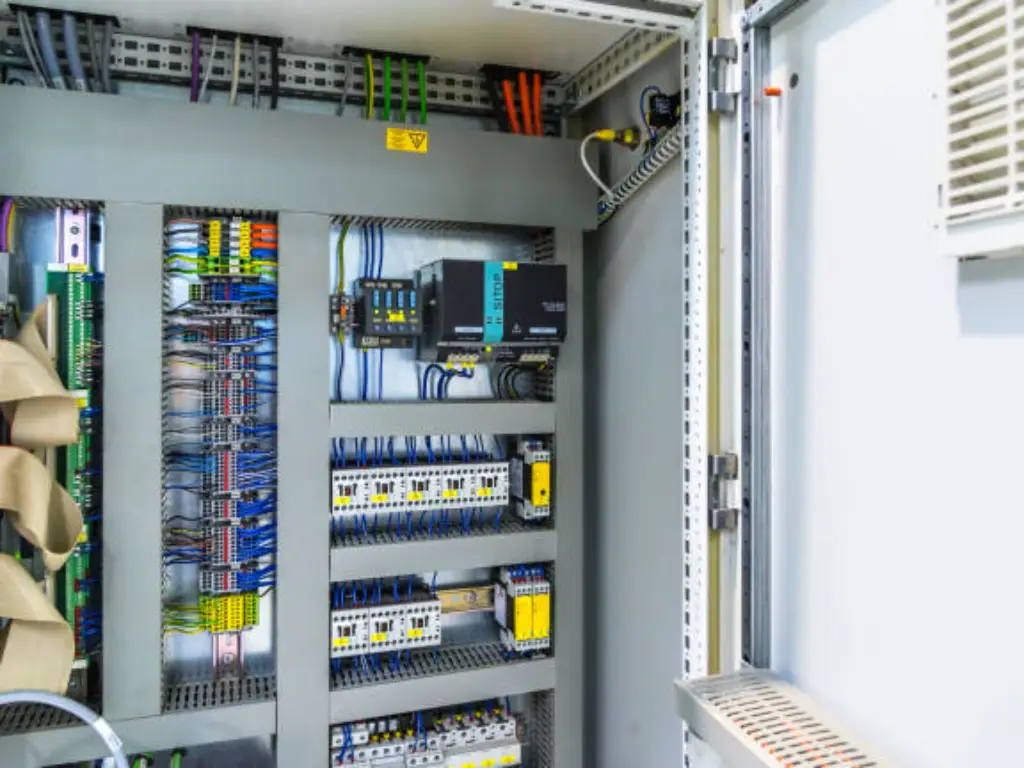
Choosing the correct NEMA enclosure requires a systematic evaluation of the intended operational environment. Moving beyond the chart, a successful specification depends on a detailed analysis of three core areas.
1. Environmental Factors
The location is defined as the first step. Is the enclosure to be used indoors or outdoors? An outdoor venue instantly presents such problems as rain, snow, sun, and the possibility of ice. Is the atmosphere corrosive? An enclosure with extra corrosion resistance, like a NEMA 4X, will be required in a marine environment or a chemical processing plant. Lastly, look at whether the place is rated as one of the dangerous places. Such environments, including those with explosive gases or combustible dusts, have their own special NEMA ratings (e.g., NEMA 7, 8, 9) that are outside the scope of this general guide but are required by safety regulations such as those of the Mine Safety and Health Administration.
2. Protection Requirements
Then measure the individual threats. Solid particulates, whether in the form of general dirt or fine airborne dust, may be the main issue. Or, it could be the ingress of water that is the critical factor. Determine the character of this water exposure: dripping, light splashing, high-pressure washdown (spraying of water), or even occasional temporary submersion (covered by NEMA 6/6P ratings)? Will the enclosure be subjected to oils, solvents, or noncorrosive coolants? All these conditions lead to another level of protection and a certain type of NEMA.
3. Physical Requirements
Lastly, there are the physical characteristics of the enclosure itself. The enclosure size and weight should be suitable for the enclosed electrical equipment and the mounting place. One of the most important factors that is often ignored is thermal management. Electronic components produce heat, and a closed enclosure may trap this energy and cause overheating and early failure. This may require the choice of an enclosure with ventilation, cooling fans or an air conditioning unit, all of which should be rated to ensure the overall NEMA integrity of the installation.
NEMA vs. IP Ratings: Understanding the Key Differences
Both NEMA and Ingress Protection (IP) ratings are likely to be found in a global marketplace. An international standard is also used to classify the degree of protection of an enclosure by IP ratings. Although approximate cross-reference charts exist, it is a serious error to believe that they are synonymous.
The IP rating system is based on a two-digit number (e.g., IP66). The first number represents protection against solids, and the second number represents protection against ingress of water to a limited depth.
The most important distinction is the extent of the testing. The NEMA standards tend to be more comprehensive and consider real-world industrial conditions that are not addressed by IP ratings. For example:
Corrosion Resistance: NEMA 4X designation is the designation of a corrosion resistance test. This has no direct counterpart to the IP system.
Construction and Durability NEMA standards frequently have more stringent construction, gasket aging, and general durability requirements than IP requirements.
Ice Formation: NEMA ratings such as 3R and 4 directly test the capability of an enclosure to operate and be opened with ice on it. This is a very important consideration in most climates not covered by the IP standard.
An IP rating is a useful source of information on ingress protection, but a NEMA rating is a more comprehensive indication of the overall strength and capability of an enclosure to handle harsh industrial conditions in North America.
3 Key Features That Define Enclosure’s NEMA Rating
A NEMA rating is more than a box label; it is a promise of the performance of a system. That system relies on a number of interrelated design and production factors to be true. The rating of an enclosure can only be attained when the construction, materials, and components of the enclosure are in perfect harmony.
1. Structural & Sealing Design
Core construction is the basis of any high-performance enclosure. The welds, the accuracy of bends, and the design of the door flange are the most important. An effective enclosure design has a continuous, flat flange that forms an ideal pathway to the gasket. Any defect in this direction may form a weak spot in the seal, and the enclosure will be exposed to the infiltration of water or dust.
2. High-tech Material Choice.
One of the main factors that dictate the longevity and the aptness of the enclosure to a particular environment is the material that the enclosure is made of. General-purpose indoor NEMA enclosures are typically made of carbon steel, but where corrosion resistance is needed (outdoors or in corrosive environments) materials such as stainless steel (usually SUS304 or SUS316) are necessary to obtain the desired corrosion protection of a NEMA 4X rating. The material selection has a direct effect on the life of the enclosure as well as its resistance to chemical and physical damage.
3. The Importance of External Hardware.
This is the most vibrant and neglected aspect of keeping a NEMA rating. Although the box itself is not moving, the hardware, the latches, the hinges, and the handles have to bear the load of each opening and closing cycle. It is here that most designs either work or fail.
- Latches: They serve much more than just to hold the door closed. A good latch is a compression system that is engineered. It should exert even pressure on the gasket to form a watertight and dust-tight seal. A poor-quality latch may produce uneven pressure points, resulting in gaps and instant failure during a washdown.
- Hinges: On large control cabinets or industrial ovens, the hinge is a vital component. A hinge that is weak or poorly designed will surely be pushed down by the weight of the door. This sag ruptures the seal on the top of the door and completely invalidates the NEMA rating, exposing the internal components. Thousand-cycle durability is not a luxury; it is a requirement.
- Gaskets: The last barrier is the gasket. Its content should be given according to the usage, silicone in high temperatures, neoprene in general usage, to avoid cracking, degradation, and loss of elasticity when subjected to chemicals, UV light, and extreme temperatures.
It is in this system-level, holistic approach that specialized hardware manufacturers have a defining role to play. We consider ourselves collaborators in upholding that integrity at KUNLONG. When designing a single latch or hinge that is to be used in a NEMA 4X environment, we subject the design to rigorous load-bearing simulations, extensive cycle tests, and salt spray corrosion tests that may take over 400 hours. We know that our hardware parts are the living custodians of the seal. Our clients can create enclosures in which the NEMA rating is not merely a brand name, but a reality that can be trusted to last and perform well over an extended period.
NEMA Ratings in Your Industry: Real-World Applications
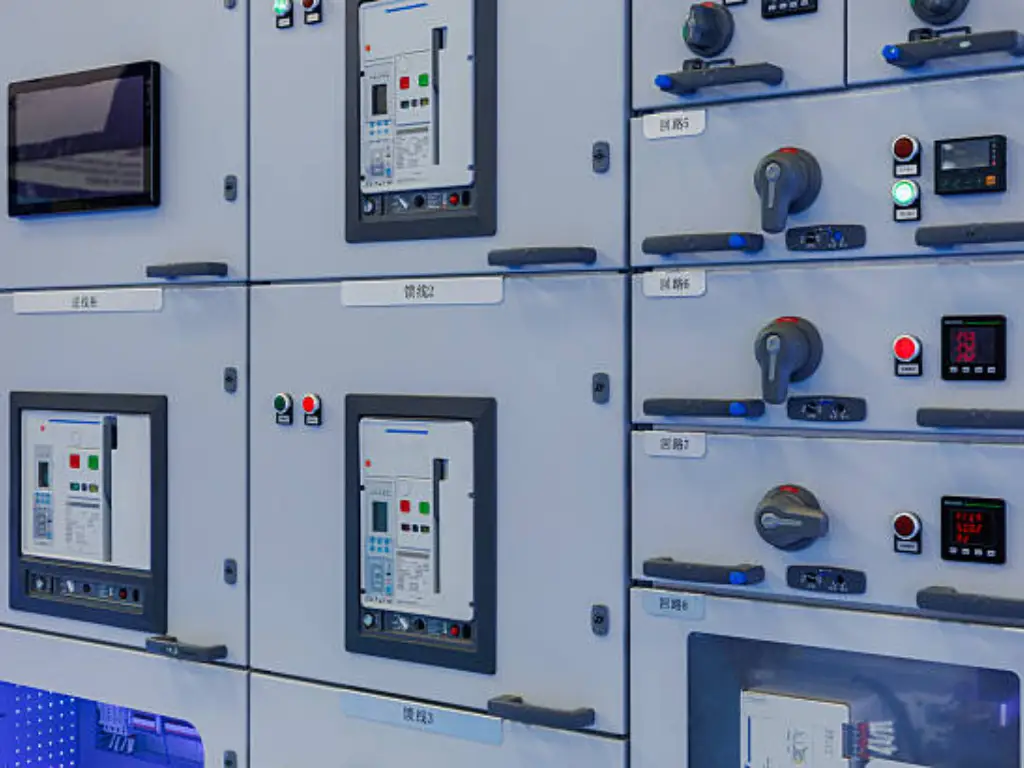
The theoretical knowledge on NEMA ratings is put into practice when it is applied to particular industries.
Environmental Test Chambers and Industrial Ovens: These applications require enclosures that are absolutely sealed in the presence of extreme temperature variations. It is typical to have a NEMA 4 or NEMA 12 rating, but the hardware is the real problem. Hinges should be able to support heavy, insulated doors without sagging, and latches should be able to provide strong, consistent compression to prevent leaks that would invalidate test results or consume enormous amounts of energy.
Food, Pharma, and Medical Devices: NEMA 4X is the standard here. These areas demand high-pressure washdowns that are frequent and use harsh cleaning agents. The enclosure and all its external hardware should be constructed using corrosion-resistant materials such as SUS304 or SUS316 stainless steel. All the parts, including the handle and the smallest hinge pin, should be capable of resisting these corrosive agents without deteriorating.
Telecom & New Energy: NEMA 3R is a minimum standard to withstand rain and avoid external ice formation damage to the cabinet in outdoor applications such as 5G communication cabinets or solar inverter enclosures. A NEMA 4X rating can be required in coastal or industrial environments to offer extra protection against airborne contaminants and salt spray to ensure the long-term stability of mission-critical infrastructure.
Your Quick NEMA Selection Checklist
Specifying an enclosure can be a complex process. Use this checklist to guide your decision-making and ensure you have considered all critical variables.
[ ✓ ] Environment: Is the enclosure for indoor or outdoor use?
[ ✓ ] Water Exposure: What is the nature of water contact (dripping, splashing, hose-down, submersion)?
[ ✓ ] Solid & Dust Exposure: What is the level of airborne dust, dirt, or fibers?
[ ✓ ] Corrosive Agents: Will the enclosure be exposed to chemicals, salt spray, or other corrosive materials?
[ ✓ ] Hazardous Location: Is the area officially classified as a hazardous environment with explosive materials?
[ ✓ ] Temperature: Are there extremely high or low operating temperatures to consider?
[ ✓ ] Hardware Integrity: Have you considered the load requirements for the door and specified hinges and latches that are robust enough to maintain the seal over the equipment’s entire lifecycle?
The answers to these questions will lead you to the right NEMA rating. In more complex industrial applications where reliability is essential, the specifics of the hardware can be the difference between life and death. In case your project requires parts that ensure the long-term integrity of your NEMA-rated enclosure, the KUNLONG engineering team can assist you with 3D model integration up to a full hardware solution.

